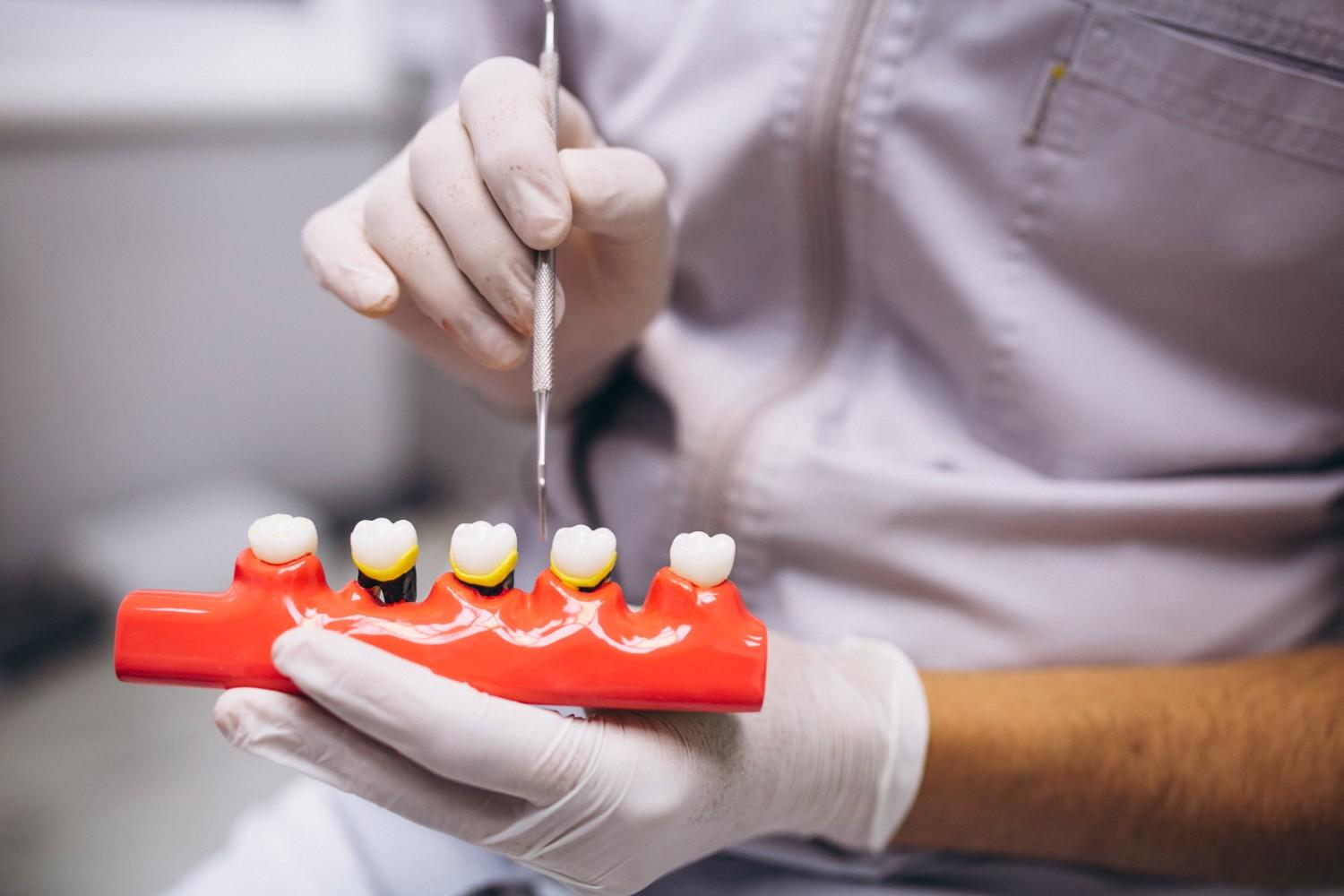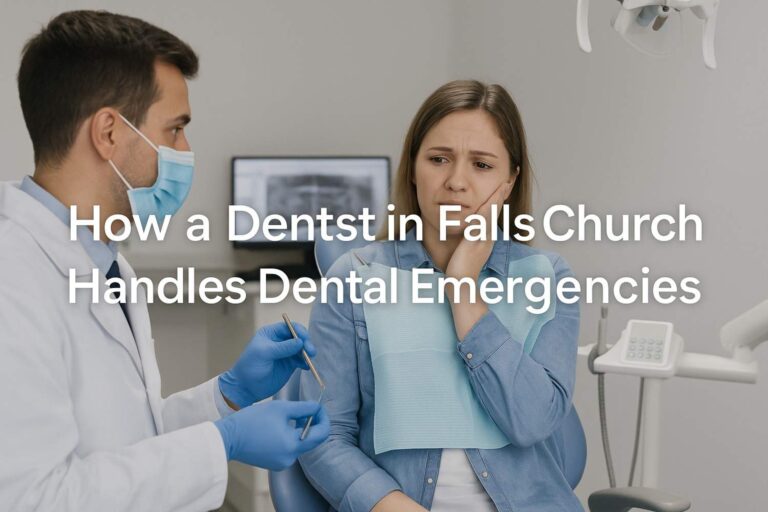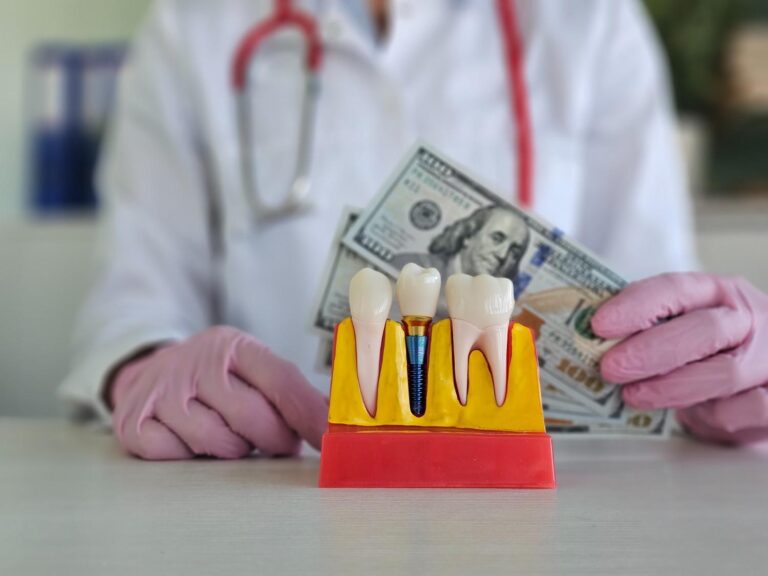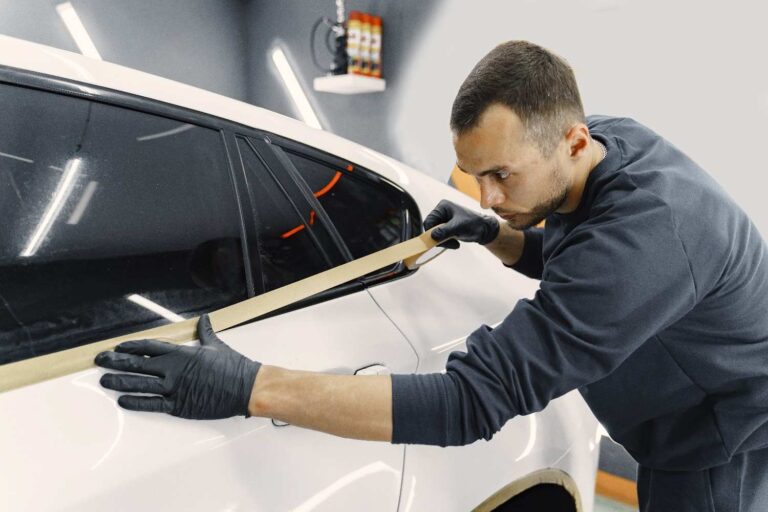I’ll never forget the day I crunched down on an innocent-looking popcorn kernel and instantly felt like my molar had filed for divorce. It was dramatic, slightly traumatic, and yes—expensive. That popcorn kernel cost me a dental crown, which led me down a rabbit hole of panicked Googling: how much does a crown cost?
Here’s the thing they don’t tell you: getting a crown isn’t just about fixing a tooth. It’s a full-blown experience involving numbing shots, impressions, temporary crowns that feel like Monopoly pieces, and bills that make you question your snack choices. But hey, I lived to tell the tale—and I’ve got tips to save you from sticker shock and regret.
Why Is the Price of a Crown All Over the Place?
You’d think there would be a simple answer to how much does a crown cost, but no. Crowns are like handbags. You can get a decent one for a couple hundred bucks… or you can drop a small fortune on a “designer” piece made from fancy materials.
The average cost runs anywhere from $800 to $2,500 per crown, depending on what your tooth needs and how luxe you wanna go. A basic resin crown might be cheaper upfront but won’t last nearly as long as something like a zirconia or porcelain-fused-to-metal option. Oh, and don’t even get me started on gold—hello, royalty.
Plus, where you live matters. A crown in Manhattan? Prepare to pay more than your rent. Small-town dental clinic? You might score a better deal—but always check the reviews first.
What Kinds of Crowns Can You Get
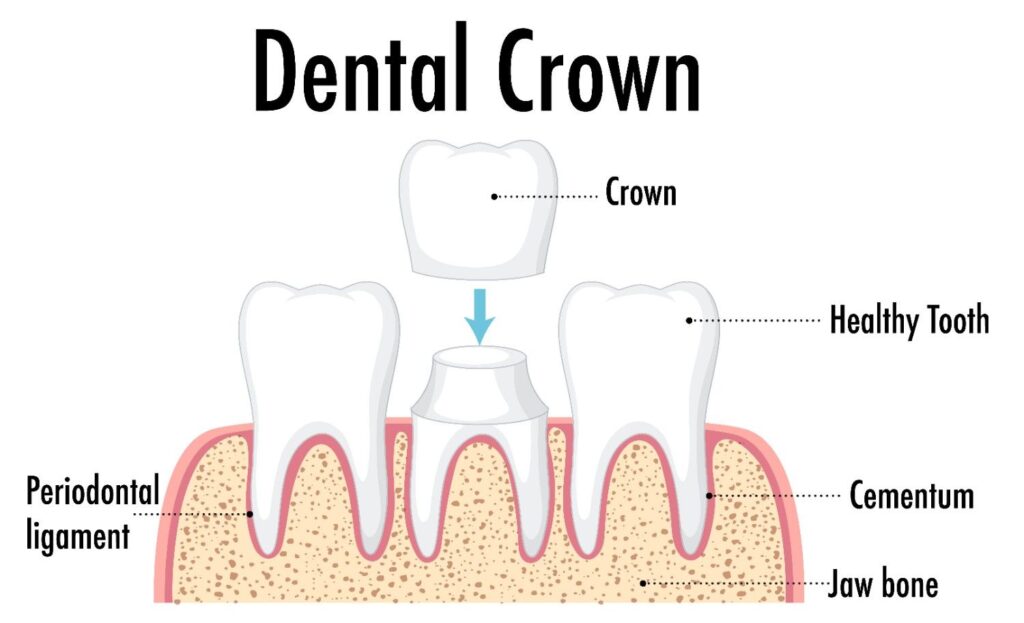
Crowns aren’t one-size-fits-all. Dentists offer a variety of materials, and each comes with its own pros, cons, and price tags. Let’s break it down like it’s a dental dating profile:
| Crown Type | Material | Durability | Cost Estimate | Vibe |
| Resin | Composite | Low | $300–$600 | Cheap and cheerful, not long-term |
| Porcelain | Ceramic | Medium-High | $800–$1,500 | Natural-looking, great for front teeth |
| PFM (Porcelain Fused to Metal) | Porcelain/Metal | High | $900–$1,700 | Durable but can show metal edge |
| Zirconia | Crystal-based | Super High | $1,000–$2,500 | The Beyoncé of crowns—tough and beautiful |
| Gold | Gold alloy | Extremely High | $1,200–$2,500+ | Flashy, old-school glam |
Ask your dentist about what makes sense for your bite, your budget, and your style. Just don’t pick resin for a back molar if you eat steak regularly—trust me.
Does Insurance Actually Help with the Cost of a Crown?
Ah, dental insurance—the frenemy of adulting. Yes, most insurance plans will cover part of your crown costs, but don’t assume they’re footing the entire bill. Typically, coverage is about 50% for major procedures like crowns, after your deductible.
And here’s the catch: many plans cap annual coverage at around $1,000 to $1,500. That means if you need more than one crown or other dental work the same year? You’re on your own after hitting that limit.
If you don’t have insurance, some dentists offer membership plans or financing options. CareCredit is a common one, and dental discount plans like DentalPlans.com can knock some dollars off if you’re paying out of pocket.
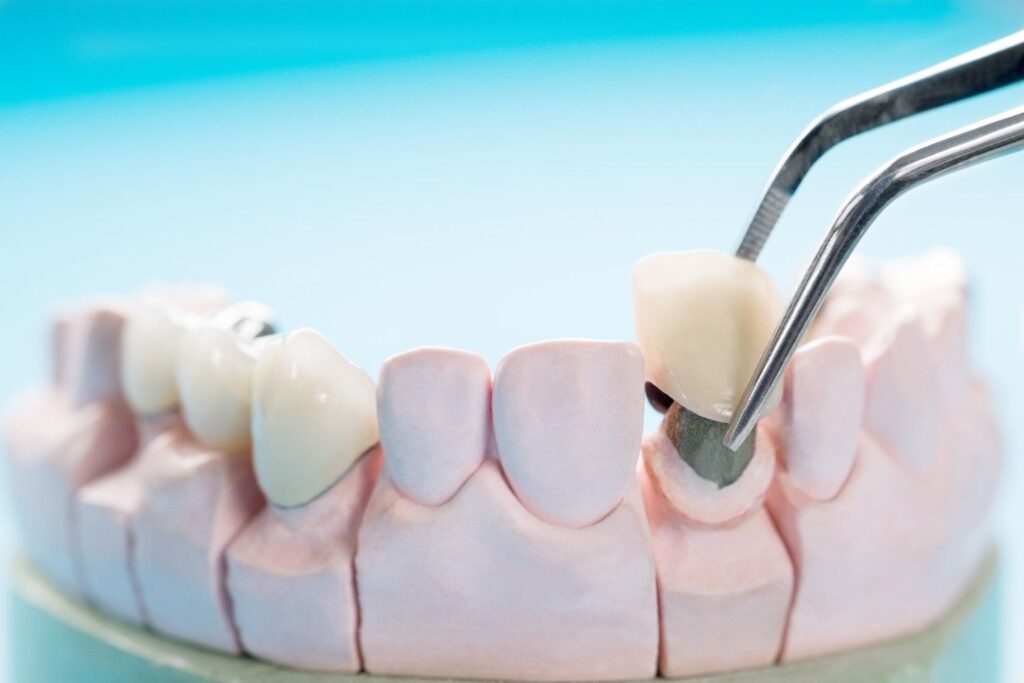
How to Make the Most of How Much Does a Crown Cost
Alright, if you’re staring down a crown and trying to keep your wallet from weeping, here’s how to stretch every dollar:
First, get a second opinion. Seriously. Dentists aren’t trying to scam you, but prices (and treatment suggestions) can vary wildly. Compare quotes, especially if you’re in a city with a high cost of living.
Next, ask about material options. Your back molars don’t need Hollywood aesthetics—go for function. Front teeth? That’s where porcelain or zirconia may be worth the upgrade.
Don’t forget to ask for a treatment plan in writing. This helps you see what’s included and what’s not (hello, surprise X-ray fees). And always double-check if your insurance or flex spending account (FSA) can cover part of it.
Finally, consider timing. If you’re close to hitting your insurance max this year, see if you can split the procedure over two calendar years. That way, you get double the coverage cap.
Is a Crown Worth It or Should You Just Pull the Tooth?
Look, pulling a tooth is definitely cheaper upfront. Extractions can cost as little as $150, which sounds tempting until you realize it creates a whole new problem: missing tooth real estate.
Missing teeth can cause your other teeth to shift, mess up your bite, and age your face faster than you’d like. Plus, the fix (like an implant or bridge) will cost way more than a crown in the long run.
A crown protects the remaining tooth structure and restores function, which means fewer future dental bills. So yeah—it stings to pay for it now, but you’ll thank yourself later.
What’s the Process Like for Getting a Crown?
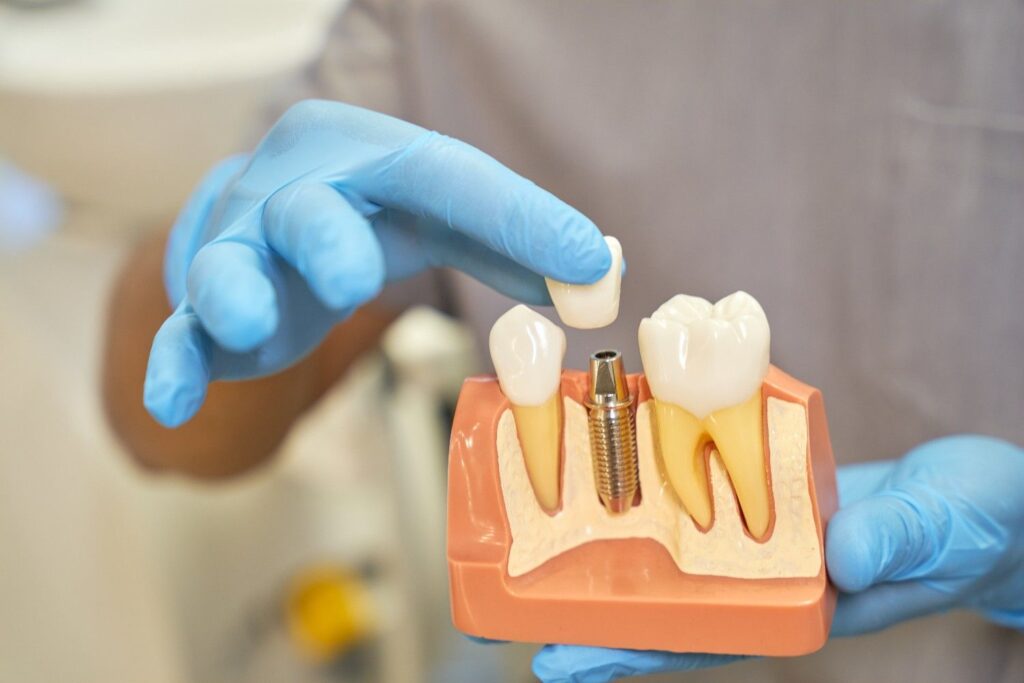
If you’re imagining a medieval throne and a velvet cape, sorry—dental crowns aren’t that glamorous. But they do involve some pretty cool steps.
First, your dentist will numb the area (thank you, science), file down the damaged tooth, and take an impression. You’ll leave with a temporary crown that feels a little weird but does the job.
Then, a lab makes your permanent crown, which can take 1–2 weeks. You’ll go back in to have it cemented into place. Some offices now offer same-day crowns using CEREC technology, which is kinda magical, but not every dentist has it.
Frequently Asked Questions
1. How much does a crown cost without insurance?
If you’re going rogue without insurance, expect to pay anywhere from $1,000 to $2,500, depending on the crown material and your location. Gold and zirconia will run higher, while resin is cheaper but less durable. Always ask for a full breakdown before you commit.
2. Are same-day crowns more expensive?
Sometimes, yes—but not always. Same-day crowns save you a second appointment and temporary crown drama. They’re made with in-office tech, so some dentists price them slightly higher, while others include the convenience in their base fee. Ask upfront if you’re curious.
3. Can I get a crown if I have a root canal?
Oh, you absolutely should. After a root canal, the tooth is more brittle, so a crown gives it the protection it needs to stay intact. Dentists often recommend it as part of the same treatment plan, especially for molars.
4. Do crowns last forever?
I wish. Most crowns last 10 to 15 years, but I’ve heard of people keeping them for 20+ with good care. Avoid jaw-grinding, chewing ice, and skipping your cleanings if you want yours to go the distance.
The Tooth, The Whole Tooth, and Nothing But the Truth
So here’s the final scoop: how much does a crown cost really depends on your mouth, your materials, and your location—but it’s usually a worthwhile investment in your dental future.
Would I pay for it again? Yup. Would I think twice before eating popcorn? Also yup.
If you’re navigating this crown life, don’t be afraid to ask questions, get multiple quotes, and advocate for yourself. You only get one set of adult teeth—treat them like the precious jewels they are.
And if you’re reading this with a temporary crown in your mouth, just know: you’re not alone. Welcome to the club, royalty.

